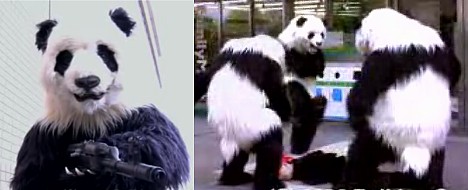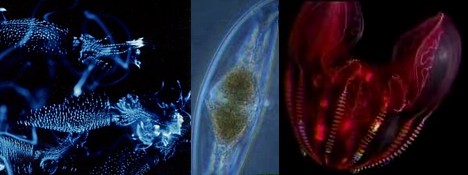
This video clip from Japanese TV program "Best House 123" shows the top three glow-in-the-dark sea creatures selected by Hokkaido University professor Yoshihiro Omiya, a specialist in the study of bioluminescent organisms.
3. Firefly squid: This blue-glowing squid, Japan's most famous bioluminescent creature, measures 5 to 7 centimeters long and is often found at depths greater than 200 meters. In spring, when firefly squid rise to the surface to spawn en masse, they become Toyama's great tourist attraction and end up on dinner plates nationwide. One reason the firefly squid glows is to hide itself from predatory fish swimming below. When the squid lights up its bottom surface, fish looking up have a hard time seeing it because it blends with the sky above.
2. Bioluminescent plankton: Measuring 0.1 centimeter long and found in oceans around the world, this type of dinoflagellate glows blue when disturbed. Professor Omiya keeps a flask of the light-emitting plankton in his fridge, because just looking at the cool blue glow helps him relax when he's feeling stressed. While bioluminescent creatures are generally believed to emit light in order to intimidate their enemies, attract mates or defend themselves from predators, it is not entirely clear why this plankton glows.
1. Bioluminescent comb jelly: This 10 to 15 centimeter long gelatinous deep-sea creature, found at dark ocean depths of more than 200 meters, glows seven different colors in an otherworldly display of light. Many questions remain unanswered about why this comb jelly glows, making it a fantastic rainbow-colored mystery.


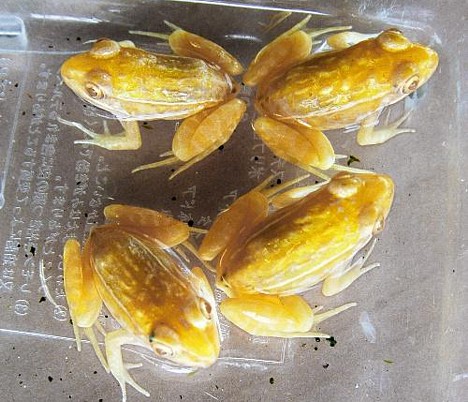
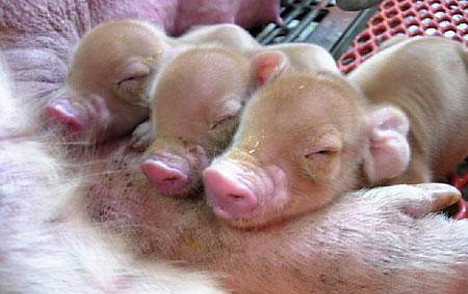

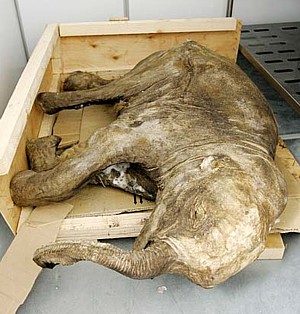 Researchers at Japan's Jikei University will soon be checking the mailbox for a cool package from Siberia -- the recently discovered frozen body of an ancient baby mammoth. The nearly complete body of the female calf, said to be one of the best-preserved specimens of frozen mammoth ever discovered, is estimated to have been less than one year old before it was preserved in ice about 10,000 years ago.
Researchers at Japan's Jikei University will soon be checking the mailbox for a cool package from Siberia -- the recently discovered frozen body of an ancient baby mammoth. The nearly complete body of the female calf, said to be one of the best-preserved specimens of frozen mammoth ever discovered, is estimated to have been less than one year old before it was preserved in ice about 10,000 years ago. 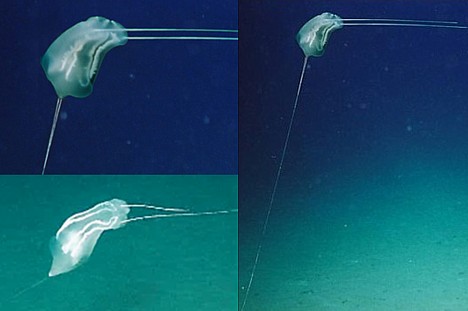
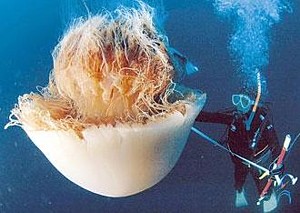 In the latest development in Japan's war against giant
In the latest development in Japan's war against giant 